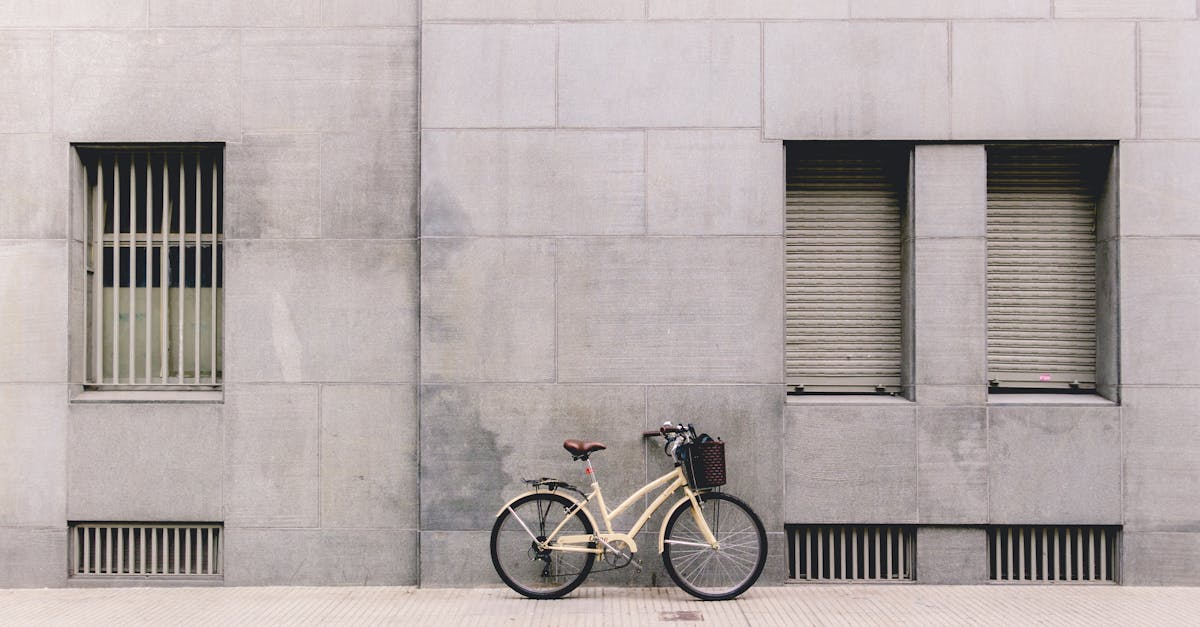
Step-by-Step Guide to Restoring Damaged Cobblestone
Table Of Contents
Allowing for Drying Time
After completing the repair work on the damaged cobblestone, it is crucial to allow for sufficient drying time before proceeding with the next steps. Drying time is essential to ensure that the repaired area sets properly and is ready for the next phase of the restoration process. Before moving forward, it is important to make sure that the repaired cobblestone is completely dry to avoid any potential issues with the subsequent stages.
curing time.
Sealing the CobblestoneCobblestone Driveway
After repairing and restoring the cobblestone surface, the next crucial step is sealing the cobblestone to protect it from future damage. Applying a protective sealant not only enhances the appearance of the cobblestone but also helps to maintain its durability in varying weather conditions. It is recommended to choose a high-quality sealant specifically designed for cobblestone surfaces to ensure long-lasting protection.
To seal the cobblestone effectively, begin by thoroughly cleaning the surface to remove any dirt, debris, or residue. Once the surface is clean and dry, apply the sealant using a brush, roller, or sprayer, following the manufacturer's instructions for the recommended coverage and drying time. Make sure to work in small sections to ensure even application and avoid overlapping, which can lead to streaks or uneven coating.
Applying a Protective Sealant
Once the cobblestone surface has been adequately cleaned and allowed to dry, the next step in restoring damaged cobblestone is applying a protective sealant. This crucial step helps to preserve the newly restored surface and enhance its durability against weather elements and daily wear and tear. Choosing a high-quality sealant specifically designed for cobblestone is essential to ensure optimum protection and longevity.
To apply the protective sealant, carefully follow the manufacturer's instructions provided on the product label. Typically, you will need a paint roller or brush to evenly spread the sealant over the entire cobblestone surface. Take care to work in small sections to ensure thorough coverage and avoid missing any areas. Allow the sealant to dry completely according to the recommended curing time before proceeding with the next steps in the restoration process.
Curing Process
During the curing process, it is important to avoid any foot traffic or heavy objects on the restored cobblestone. This period is vital for the sealant to fully set and adhere to the surface, providing maximum protection. By allowing ample time for the sealant to cure undisturbed, you are investing in the quality and resilience of your cobblestone, ensuring its beauty and functionality for years to come.
Letting the Sealant Set
Once the sealant has been applied to the cobblestone, it is crucial to let it set properly. During this phase, it is important not to disturb the cobblestone or expose it to any moisture. The setting time can vary depending on the type of sealant used and the prevailing weather conditions.
Allowing the sealant to set undisturbed ensures that it bonds effectively with the cobblestone surface and provides maximum protection. It is recommended to avoid foot traffic or any other activities on the cobblestone during this period. Once the sealant has fully set and cured, the cobblestone will be ready to withstand the elements and daily wear and tear.
FAQS
How long should I allow for the cobblestone to dry before starting the restoration process?
It is recommended to allow the cobblestone to dry completely for at least 24 hours before beginning the restoration process.
Why is it important to give sufficient time for the cobblestone to cure after the restoration work?
Techniques for Repairing Damaged Cobblestone
Environmental Impact of Cobblestone Repair Materials